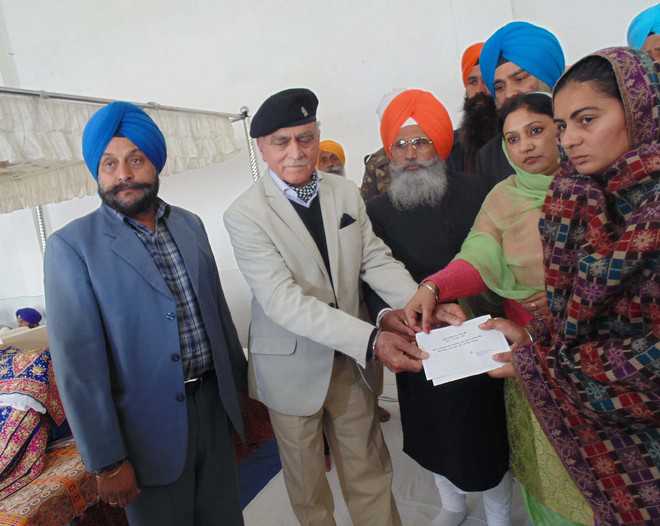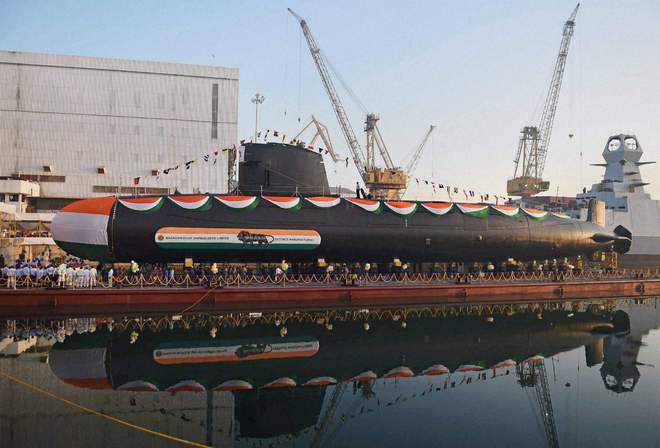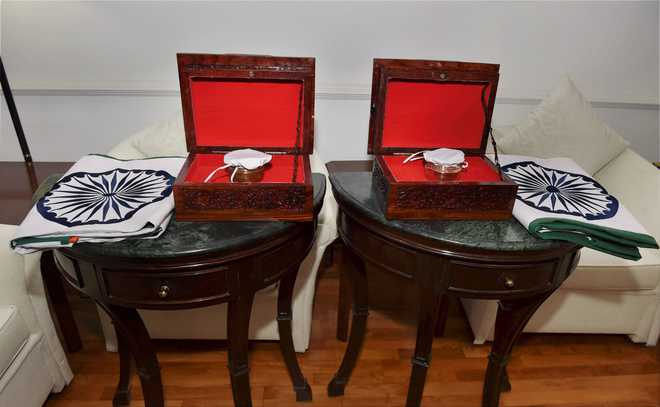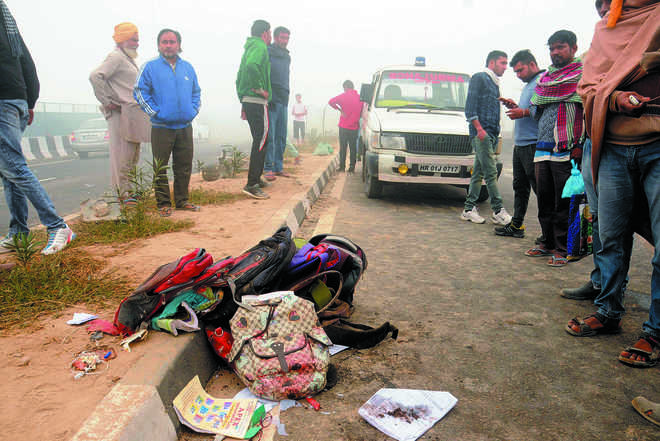New Delhi, December 21
The issue of Ministry of Defence having capped educational expenses of children of martyrs or those disabled in action was raised in the Lok Sabha today by MP from Chandigarh Kirron Kher.Speaking during Zero Hour, the MP sought immediate reversal of the decision saying “the cap will be a dis-service to the people who died for the motherland”. “Please restore the fee and remove the cap,” Kher demanded saying it’s about the future of the children.Punjab CM Capt Amarinder Singh and General VK Singh (retd), now a minister in the Narendra Modi-led government, have already made similar demands to lift the cap.The educational expenses and hostel fee had been capped by the MoD at Rs 10,000 per month, impacting some 3,200 students in schools, colleges and professional institutions. This will result in a meagre saving of less than Rs 5 crore per annum.The Tribune was the first to report the issue in its edition dated December 1. The orders came into force on July 1 this year. Since then, the ministry has received several requests for continuing with the old system, which had no such ceiling. — TNS
Remove cap on education reimbursement to martyred soldiers’ kids: Kirron to Centre
Our soldiers take great risk against their lives to protect the country. By reducing the amount, government will save merely ₹5 crore.
KIRRON KHER, Chandigarh MP
CHANDIGARH: Speaking in the Lok Sabha on Thursday, member of parliament from Chandigarh, Kirron Kher, urged the Centre to reverse its order that seeks to limit the reimbursement amount for education of children of martyrs and soldiers disabled in service.
Raising the issue during Zero Hour, Kher said as per the order, the reimbursement, which was earlier unlimited, has been restricted to ₹10,000 per year. This is an insufficient amount, she said.
Kher added that the armed forces undertake great risk against their lives to protect the country and by limiting the reimbursement amount, the government will save merely ₹5 crore.
Since 1971, the Centre has been providing full educational concession to the children of soldiers who died in war, were disabled, or are missing.
The scheme covers around 3,400 children and provides reimbursement of tuition fees, hostel charges, cost of books, uniforms and clothing.
However, following the recommendations of the 7th Pay Commission, the defence ministry has released an order which limits the combined tuition and hostel fee reimbursement to ₹10,000 per year.
Recently, Navy chief Admiral Sunil Lanba had appealed to defence minister Nirmala Sitharaman to reverse the order.
 Admiral Lanba, who is also the chairman of the Chiefs of Staff Committee, had written that “this small gesture would assure the families of our brave women and men that the nation cares for them.”
Admiral Lanba, who is also the chairman of the Chiefs of Staff Committee, had written that “this small gesture would assure the families of our brave women and men that the nation cares for them.”






































































